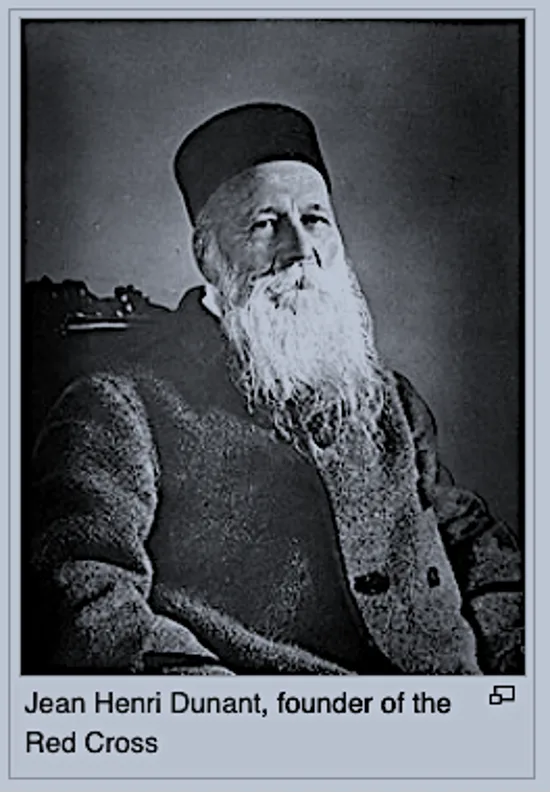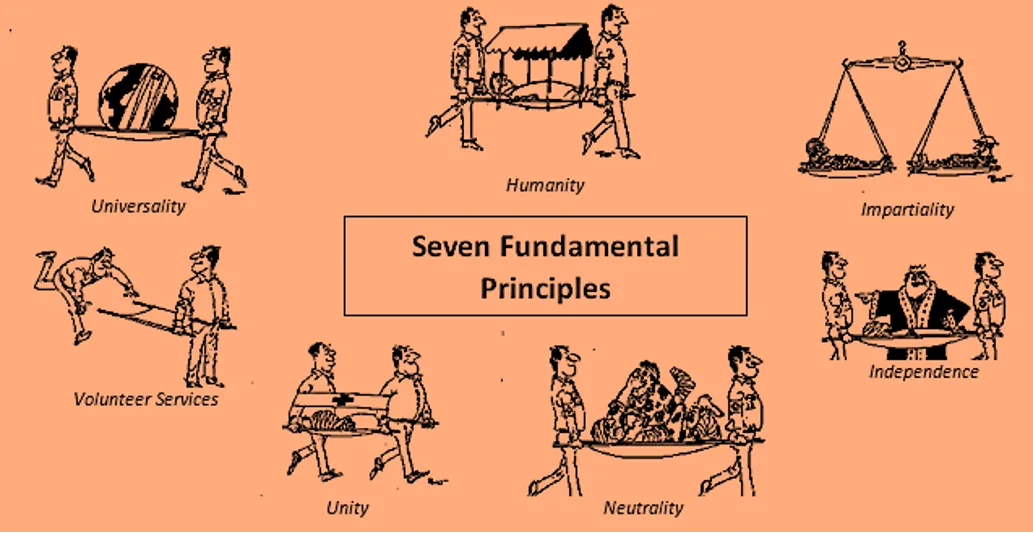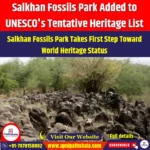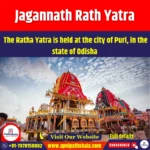What’s in this Article?
- Table of Contents
- Introduction
- World Red Cross Day 2024
- World Red Cross Day: History
- World Red Cross Day: Mission
- Significance of World Red Cross Day
- Seven Principles of the Red Cross Society
- Working of Red Cross Society
- Indian Red Cross Society
Introduction
- The International Committee of the Red Cross (ICRC), headquartered in Geneva, Switzerland, and recipient of three Nobel Prizes, is pivotal in shaping rules of warfare and advocating humanitarian principles.
- Mandated by state parties under the Geneva Convention of 1949 and subsequent protocols, ICRC safeguards victims of both international and internal armed conflicts, including the injured, prisoners, refugees, civilians, and other non-combatants.
- As a cornerstone of the International Red Cross and Red Crescent Movement, alongside the International Federation of Red Cross and Red Crescent Societies (IFRC) and 191 National Societies, ICRC stands as the oldest and most esteemed entity within the movement, globally renowned with three Nobel Peace Prizes awarded in 1917, 1944, and
World Red Cross Day 2024: Theme
- World Red Cross Day 2024 celebration will be centered around the theme, ‘I give with joy, and the joy I give is a reward.’
- This year World Red Cross Day or Red Crescent Day will be celebrated on the theme “Everything we do comes #fromtheheart.”
- The theme of the World Red Cross Day 2022 is #BeHumanKind
- The theme of the World Red Cross Day 2021 was Together we are #unstoppable!
- The theme of World Red Cross Day 2019 was “#love”.
- The theme was focused on asking people what they love about the Red Cross and Red Crescent. It was also focused on the understanding of the public’s International Red Cross and Red Crescent Movement by highlighting the diversity of their work and the universality of their approach by using a simple call to action: what do you #love about Red Cross and Red Crescent?
- The theme of World Red Cross Day 2018 was “Memorable smiles from around the world”.
- The theme of World Red Cross Day 2017 was “Less known Red Cross stories”.
- The theme of World Red Cross Day 2016 was “Everywhere for Everyone”.
- The theme of World Red Cross Day 2015 was “Together for Humanity”.
- This day is observed to provide relief to people affected by natural disasters and other calamities worldwide. Governments actively participate by raising awareness through themed initiatives, highlighting the crucial role of volunteers in managing various challenges.
- The Red Cross Society conducts numerous campaigns globally, aiming to inspire humanitarian efforts and create a peaceful atmosphere. Their programs encompass key areas such as promoting humanitarian values, disaster response, preparedness, and community health and care.
World Red Cross Day: History
- Following World War I, the Red Cross emerged as a significant force for peace, establishing an international commission during the 14th International Conference of the Red Cross to examine the Red Cross Truce.
- The findings of this investigation were presented in 1934, and the principles outlined were ratified during the 15th International Conference in Tokyo, with the aim of global applicability across various regions.
- In 1946, amid World War II, the Tokyo proposal came into effect. The Board of Governors of the League of the Red Cross Societies (later known as the General Assembly of the International Federation of Red Cross Societies) proposed the idea of an annual commemoration.
- Two years later, on May 8, 1948, coinciding with the birth anniversary of Henry Dunant, the founder of the Red Cross, the proposal to observe World Red Cross Day annually was endorsed. In 1984, it was formally designated as “World Red Cross and Red Crescent Day.”
- The International Committee of the Red Cross, along with its affiliates, organizes a variety of programs and events to support and advance their humanitarian endeavors. They also encourage individuals to safeguard their own lives and uphold the dignity of those affected by crises.
- This day is commemorated by all branches of the Red Cross organizations, aiming to aid individuals afflicted by natural disasters such as floods and earthquakes, and to safeguard lives during emergencies.
World Red Cross Day: Mission
- The official mission statement of the International Committee of the Red Cross (ICRC) declares its commitment to being an impartial, neutral, and independent organization with a humanitarian mandate focused on safeguarding the lives and dignity of victims of conflict and violence, providing them with assistance. Additionally, it undertakes tasks such as coordinating international relief efforts, advocating for and strengthening international humanitarian law, and promoting universal humanitarian principles.
- Derived from the Geneva Conventions and its own statutes, the core responsibilities of the ICRC include:
- Monitoring compliance of warring parties with the Geneva Conventions.
- Providing nursing and care for battlefield casualties.
- Overseeing the treatment of prisoners of war and engaging in confidential discussions with detaining authorities.
- Assisting in the search for missing persons during armed conflicts through tracing services.
- Organizing protection and aid for civilian populations.
- Serving as a neutral intermediary between conflicting parties.
- Furthermore, the ICRC established seven fundamental principles in 1965, embraced by the entire Red Cross Movement.
- These principles are humanity, impartiality, neutrality, independence, volunteerism, unity, and universality.
Significance of World Red Cross Day
- World Red Cross and Red Crescent Day holds immense significance globally as it commemorates the birth anniversary of Henry Dunant, the founder of the International Committee of the Red Cross (ICRC) and the recipient of the first Nobel Peace Prize.
- Celebrated annually on May 8th, this day serves multiple purposes:
- Honoring Humanitarianism: World Red Cross Day pays tribute to the humanitarian principles and efforts of the Red Cross and Red Crescent Movement in alleviating human suffering, providing aid, and promoting peace and understanding across borders.
- Raising Awareness: It serves as a platform to raise awareness about the mission, activities, and challenges faced by the Red Cross and Red Crescent societies worldwide. It highlights their ongoing efforts in responding to disasters, conflicts, and health crises, as well as their role in advocating for humanitarian values.
- Promoting Volunteerism: World Red Cross Day encourages volunteerism and community engagement in humanitarian activities. It recognizes the invaluable contributions of volunteers who selflessly dedicate their time and efforts to support those in need, both locally and internationally.
- Advocating for Humanity: This day underscores the importance of upholding human dignity, rights, and well-being, irrespective of nationality, ethnicity, or political affiliation. It emphasizes the universal principles of humanity, impartiality, neutrality, independence, unity, and universality espoused by the Red Cross and Red Crescent Movement.
- Inspiring Action: It serves as a call to action for governments, organizations, and individuals to support and collaborate with the Red Cross and Red Crescent societies in their humanitarian endeavors. It encourages solidarity and collective responsibility in addressing humanitarian challenges and building more resilient communities.
- Overall, World Red Cross and Red Crescent Day symbolize the spirit of compassion, solidarity, and hope, reminding us of our shared humanity and the importance of working together to create a better, more inclusive world for all.
Seven Principles of the Red Cross Society
- The Red Cross Society, along with the broader Red Cross and Red Crescent Movement, adheres to seven fundamental principles. These principles guide the actions and operations of the organization globally. They are:
- Humanity: The Red Cross aims to prevent and alleviate human suffering wherever it may be found. Its actions are driven by compassion and a commitment to improving the lives of vulnerable individuals and communities.
- Impartiality: The Red Cross provides assistance without discrimination based on nationality, race, religious beliefs, class, or political affiliation. It strives to prioritize aid based solely on the needs of individuals and the severity of their situations.
- Neutrality: The Red Cross maintains a neutral stance in conflicts and disputes, refraining from taking sides or engaging in partisan activities. This neutrality enables the organization to gain access to affected populations and effectively deliver humanitarian aid.
- Independence: The Red Cross operates independently from any government, political party, or external influence. This autonomy ensures the organization’s ability to act according to its humanitarian principles and provide assistance based solely on need.
- Voluntary Service: The Red Cross is a voluntary organization, with its activities largely carried out by volunteers who freely offer their time, skills, and resources to support humanitarian efforts. Volunteerism is a core value of the organization, fostering community engagement and empowerment.
- Unity: The Red Cross promotes unity among its members and within the broader Red Cross and Red Crescent Movement. Through collaboration and cooperation, the organization strives to maximize its impact and effectiveness in responding to humanitarian crises.
- Universality: The Red Cross is a universal organization, dedicated to assisting all individuals in need, regardless of their nationality, ethnicity, religion, or political affiliation. It operates on the principle that humanitarian assistance is a fundamental right and should be accessible to everyone.
- These seven principles serve as the foundation of the Red Cross Society’s mission and guide its actions in serving humanity worldwide.
Working of Red Cross Society
- The Red Cross Society, along with its sister organization the Red Crescent, works tirelessly to alleviate human suffering and promote humanitarian values around the world. Here’s an overview of its key areas of work:
- Disaster Response and Relief: The Red Cross Society is often one of the first responders to natural disasters, conflicts, and other emergencies.
- It provides immediate assistance such as food, water, shelter, and medical care to those affected by crises, helping communities to recover and rebuild their lives.
- Healthcare Services: Red Cross Societies operate hospitals, clinics, and mobile medical units in many countries, delivering essential healthcare services to underserved populations.
- They also conduct health education and disease prevention programs to improve public health and well-being.
- Disaster Preparedness and Risk Reduction: Recognizing the importance of preparedness in mitigating the impact of disasters, the Red Cross Society engages in community-based initiatives to strengthen resilience and reduce vulnerabilities.
- This includes training volunteers, developing early warning systems, and implementing disaster risk reduction strategies.
- Emergency Shelter and Livelihood Support: In the aftermath of disasters, the Red Cross Society provides emergency shelter materials, construction support, and livelihood assistance to help affected individuals and families recover their homes and rebuild their livelihoods.
- Water, Sanitation, and Hygiene (WASH) Programs: Access to clean water, proper sanitation, and hygiene education are essential for preventing diseases and promoting public health.
- The Red Cross Society implements WASH programs in communities worldwide, improving access to safe water sources and sanitation facilities, and promoting hygienic practices.
- Migration and Refugee Assistance: With millions of people displaced by conflict, persecution, and natural disasters, the Red Cross Society supports migrants, refugees, and internally displaced persons by providing humanitarian aid, protection, and assistance with reintegration and resettlement.
- Restoring Family Links: The Red Cross Society operates tracing services to help reunite family members separated by conflict, disaster, or migration.
- Through its global network and technological tools, it facilitates the exchange of messages, searches for missing persons, and reunification efforts.
- Promotion of Humanitarian Values and International Humanitarian Law: The Red Cross Society advocates for the protection of civilians in armed conflict and the respect for international humanitarian law.
- It raises awareness about humanitarian principles such as humanity, impartiality, neutrality, and independence, promoting a culture of peace, dialogue, and respect for human rights.
- Overall, the Red Cross Society’s work is guided by its commitment to serving humanity, impartiality, and neutrality, striving to make a positive difference in the lives of vulnerable individuals and communities worldwide.
Indian Red Cross Society
- IRCS is a voluntary humanitarian organization to protect human life and health with the help of its network of over 1100 branches throughout India.
- It was established in 1920 and has completed its 100 years of existence.
- It is a part of the largest independent humanitarian organisation in the world, the International Red Cross and Red Crescent Movement.
- Its mission is to provide relief at the time of disasters/emergencies and also promotes healthcare facilities among vulnerable people and communities.
- The President of India is the President and the Union Health minister is the Chairman of the Society.
Disclaimer: The article may contain information pertaining to prior academic years; for further information, visit the exam’s “official or concerned website“.












